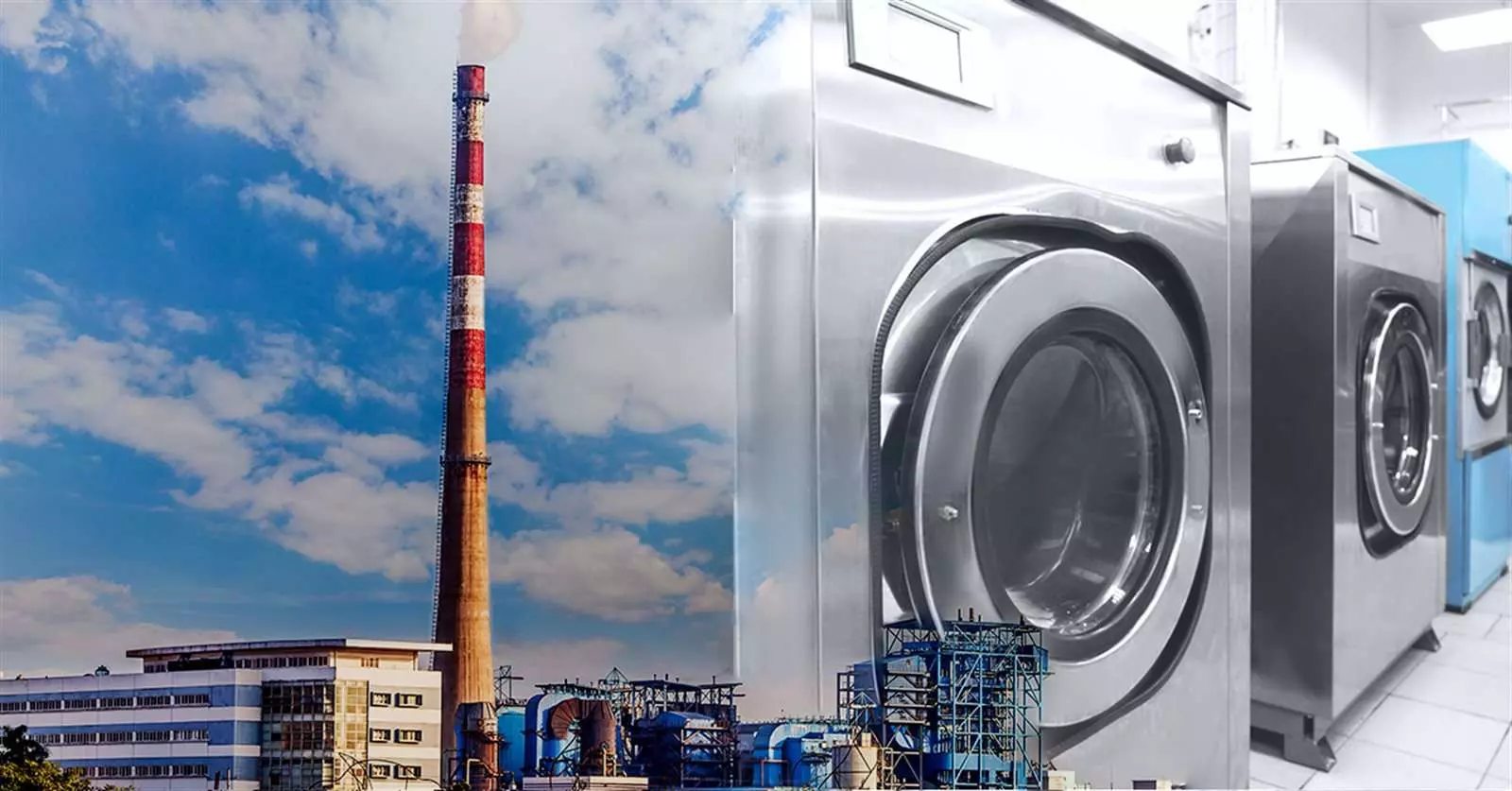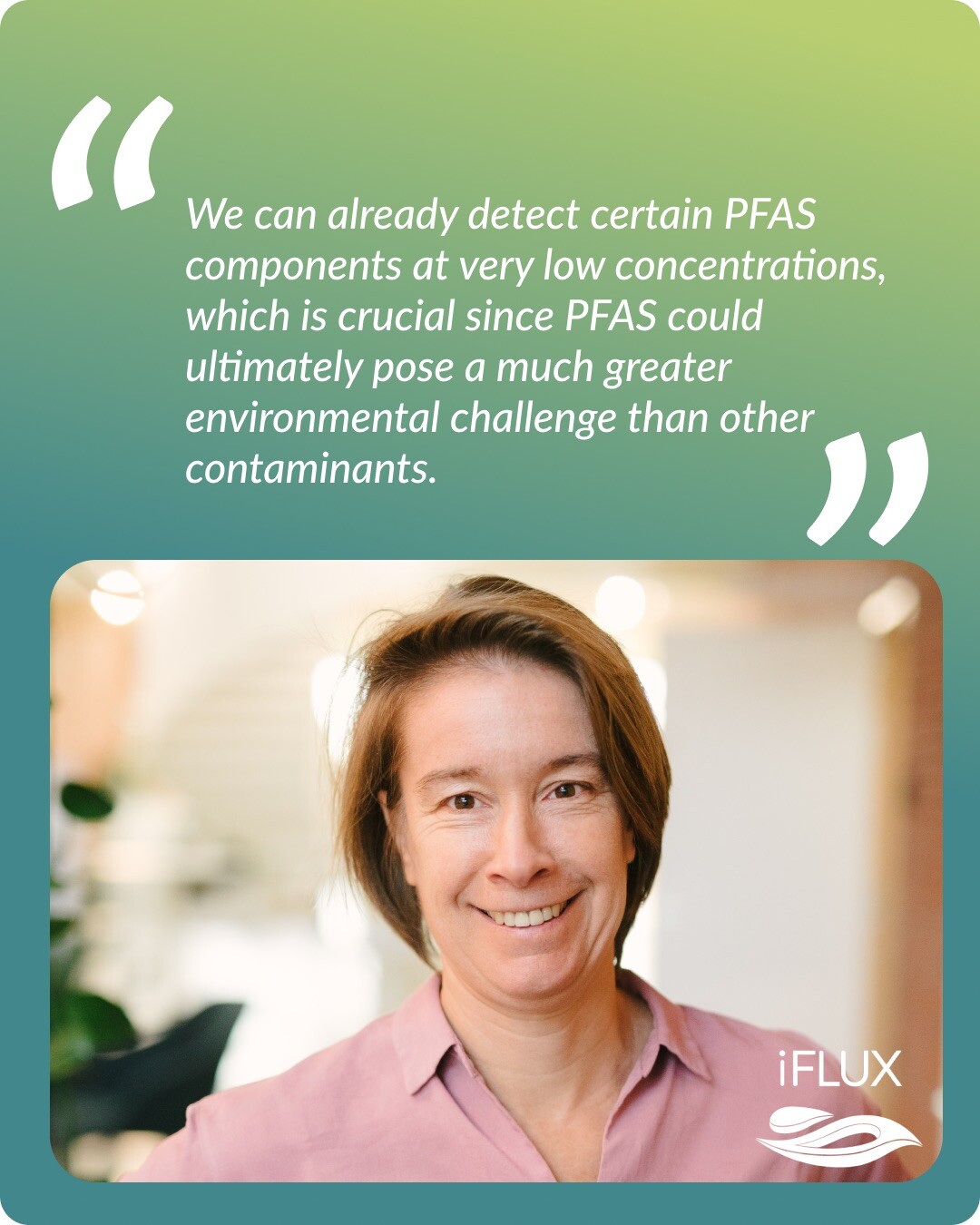iFLUX in CL:AIRE's INSPIRATION bulletin
Posted on Wednesday 19 Augustus 2020 Spreading of solutes and contaminants in a groundwater system is important to understand. Exploration...
1 min read
 Goedele Verreydt
:
Apr 30, 2024 12:11:50 PM
Goedele Verreydt
:
Apr 30, 2024 12:11:50 PM

Posted on Thursday 19 September 2019
It has been almost 20 years since Einarson and Mackay published an article about pollutant mass flux and mass discharge. The paper provided a general framework for a more advanced and more meaningful characterization and management of contaminated aquifers based on groundwater fluxes., management of contaminated aquifers is commonly risk-based, predominantly relying on contaminant concentration. Despite being acknowledged for some time in the broader contaminated land industry, mass flux concepts and measurements remain under-applied. That’s why we have bundled our knowledge and experience together in two instantly recognizable site applications.
The iFLUX passive flux meter will provide direct information on the contaminant flux (viz. the contaminant charge expressed as flow over time) and the groundwater flow (direction and velocity). Our iFLUX technology can be used as a monitoring tool over a fixed period. But the applications are much broader, as it can be used for remediation design or during an ongoing remediation to optimize remediation operations.
Below, we present two cases which give you a clear example of the outcome and the potential added value of iFLUX measurements for your clients:
Soil & groundwater are heavily contaminated with mainly aromatic hydrocarbons at the site of this active chemical plant. Remediation is necessary to remove NAPLs and stop the off-site migration. The remediation is focused on in-situ contaminant removal in the source areas. In the meantime active measures are required to stop further off-site migration of the contamination at the site boundary. The initial design was based on a hydraulic barrier at the site boundary in the soil layers representing the highest contaminant mass.
Two dry cleaners located in a residential, urban environment are located close to each other and have been identified as sources for chlorinated solvent contamination. Groundwater analyses have identified a heterogenous distribution of PCE and degradation products TCE, DCE and VC. Delineation is difficult due to the limited availability of accessible locations in the city centre. The groundwater contaminant plume is only roughly delineated. The most relevant migration source, nor the main migration path of the plume couldn’t be determined.

Posted on Wednesday 19 Augustus 2020 Spreading of solutes and contaminants in a groundwater system is important to understand. Exploration...

Posted on Monday 26 April 2021 A lot has changed since the start of iFLUX and its more than 80 different projects. We have learned a...

PFAS has emerged as one of the most challenging environmental contaminants of our time, with its complexity only expected to grow in the coming...